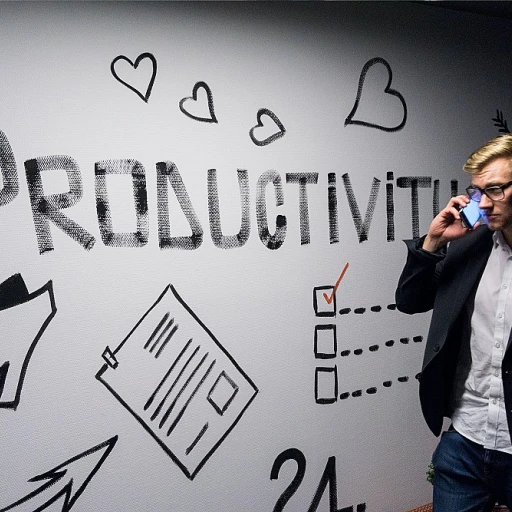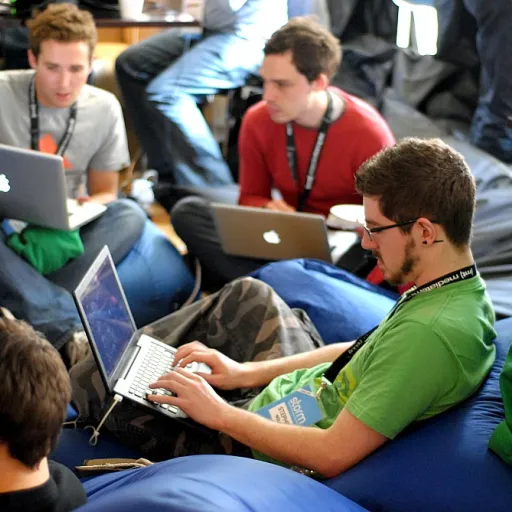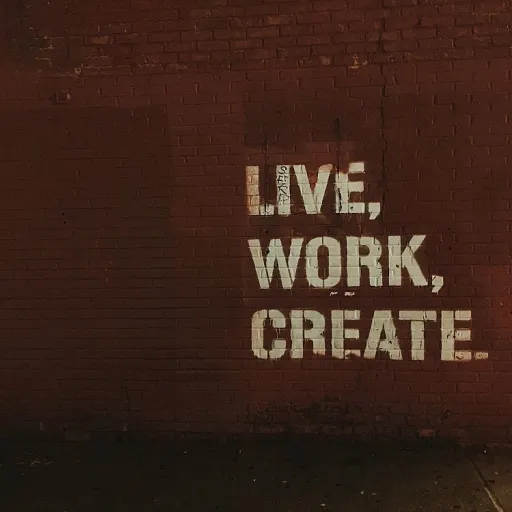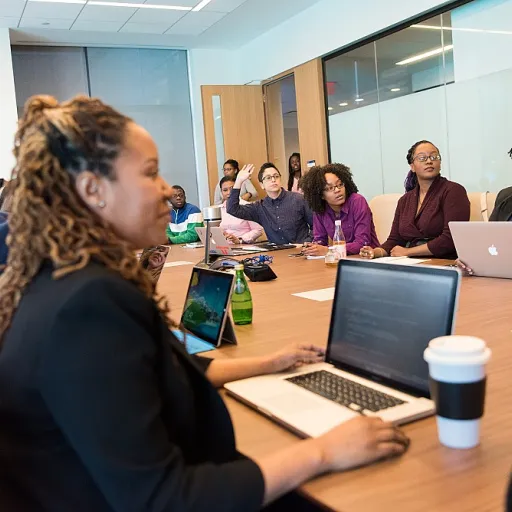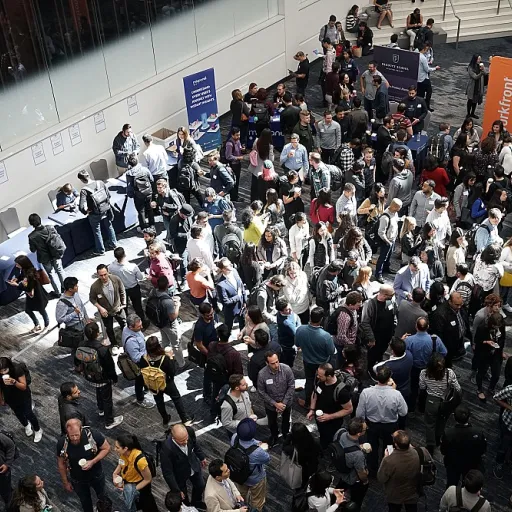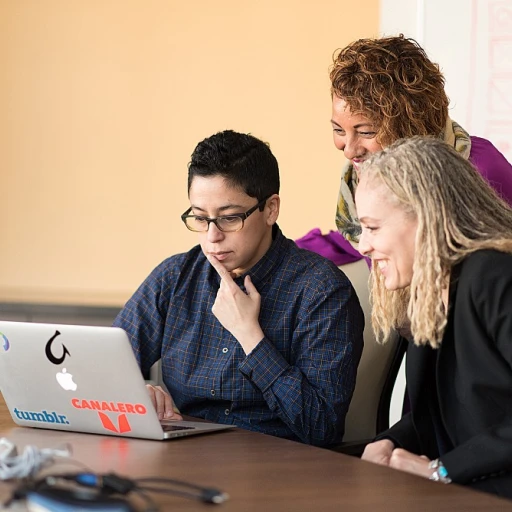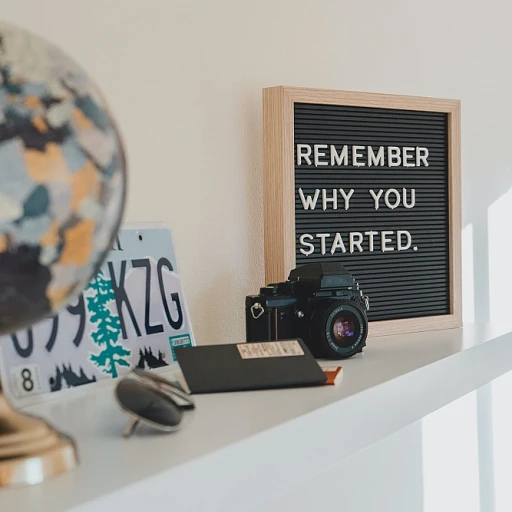
The Evolution of Catch-Up Meetings
The Transformation of Regular Catch-Ups
The concept of catch-up meetings has undergone significant changes in recent years. Traditionally, these regular check-ins between team members and managers focused on immediate tasks and immediate feedback. However, the times have changed, and so have the needs and expectations of employees. Not only have we seen a shift toward more flexible work environments, but there is also a demand for a deeper, more meaningful exchange during these conversations. Catch meetings are no longer just about setting agendas or reviewing action items; they have become a platform for personal development and fostering connections among teams. Managers are encouraged to go beyond the basic meeting template and think about how these interactions can help employees feel more engaged and valued. By having open, genuine conversations, team members feel a sense of belonging, which can significantly improve productivity and morale. With the introduction of new meeting formats, such as weekly catch or the more strategic monthly catch, there is an opportunity to balance immediate goals with long-term strategies. Teams are implementing these structured yet flexible approaches to help direct reports align with organizational priorities while addressing personal development and career aspirations. Exploring the future of work at conferences and by industry experts provides further insights into the evolving role of meetings within our workplaces. These discussions are crucial as we refine our approach to catch meetings in order to make them as impactful as possible.Technology's Role in Modern Meetings
Integrating Technology to Elevate Meetings
The world of work continues to evolve, and technology has radically transformed traditional meeting practices. In today’s dynamic work environment, companies are using innovative tools to revolutionize how their teams communicate and operate. From virtual meeting platforms to task management applications, technology plays a pivotal role in keeping catch-up meetings efficient and productive. Digital platforms offer employees the flexibility to collaborate with their teams regardless of physical location. This flexibility is especially beneficial for remote teams who rely on digital communication to stay aligned with their organization’s goals. Tools like telepresence software enhance inclusivity and engagement, allowing employees to participate just as effectively as they would in person. Interested in learning how to harness these technologies? Explore the benefits of mastering telepresence management to stay ahead in the future of work here. Furthermore, meeting templates and agenda tools have made it easier for managers to streamline weekly and monthly catch-up meetings. By utilizing these resources, team leaders can set clear objectives, track action items, and ensure each team member is on the same page. Regular catch meetings can be augmented by using audiovisual tools that not only help keep the team synchronized but also make it easier to provide constructive feedback and plan for personal development. An agenda template is a practical aid to organize thoughts and tasks, ensuring that every meeting runs smoothly and wastes no time. By refining how we approach these gatherings, both in structure and content, managers are in a better position to support their direct report's professional growth and development. Embracing technology not only optimizes the management of catch meetings but also cultivates an environment where employees feel valued and connected. As companies adopt these best practices, they can effectively meet the demands of an ever-changing work landscape.Balancing Flexibility and Structure
Striking the Right Balance
Finding the right balance between flexibility and structure is crucial for modern catch-up meetings. With the advent of remote work and flexible schedules, it's challenging yet essential for team managers to maintain a consistent framework and clear goals. A well-thought-out agenda template can be indispensable in achieving this balance, serving as a guide to ensure that key topics are covered while allowing room for spontaneous discussions or unexpected insights. A flexible template helps to mitigate confusion and provides room for personal development and regular check-ins with team members. Regular catch meetings, be it weekly or monthly catch sessions, thrive when they align with the broader objectives of the company. It’s about weaving personal and team aspirations into the agenda. This way, meetings become more meaningful, and each employee feels that their contribution is valued. Moreover, setting precedents for alternating meeting formats between one-on-one meetings and broader team discussions helps optimize meeting efficiency. Integrating best practices, such as setting clear action items and allowing time for constructive feedback, can help tackle long-term goals without overwhelming team members with unnecessary tasks. Ultimately, achieving balance can make meetings more enjoyable and rewarding, ensuring that employees leave the table feeling both motivated and understood. By fostering a structured yet adaptable environment, team leaders can enhance employee engagement and streamline the workflow across variable settings.Fostering Connection and Engagement
Nurturing Relationships Through Meaningful Interaction
In the evolving landscape of catch meetings, there's a growing emphasis on fostering meaningful connections among team members. With employees working in diverse settings, it's crucial to ensure everyone feels engaged and valued. This can be achieved by crafting meetings that not only address immediate tasks and feedback but also promote personal development and long-term goals.
One effective way to enhance engagement during regular catch-ups is by implementing structured yet flexible agenda templates. These templates serve as a guide, allowing team members to focus on key action items while providing room for spontaneous discussions that may arise. Incorporating elements like check-ins, constructive feedback, and personal development discussions can transform a standard meeting into a powerful tool for team cohesion.
Managers are encouraged to take a proactive approach in one-on-one meetings, regularly checking in with direct reports. This helps create an environment where employees feel comfortable sharing challenges and triumphs alike, fostering a culture of openness and trust.
Another best practice is to rotate the responsibility of leading the meeting among team members. This not only empowers individuals but also encourages a more participative approach. By allowing employees to take the helm, meetings can become a platform for diverse perspectives, driving innovation and collective problem-solving.
In conclusion, as we navigate the future of work, it's clear that the quality of interactions in our catch-ups significantly impacts team dynamics and overall productivity. By focusing on nurturing relationships through engaging agenda templates and inclusive practices, organizations can make their regular catch meetings a cornerstone of effective communication and collaboration.
Addressing Meeting Fatigue
Combating the Burden of Meeting Fatigue
It's no secret that the increasing proliferation of catch meeting sessions in modern workplaces has led to a common plight: meeting fatigue. A scenario where team members, and even managers, find themselves mentally drained and less productive due to excessive or poorly structured meetings. To address this concern, it's crucial to refocus on the key elements that make meetings effective and efficient. Here are some best practices to alleviate this fatigue and ensure meetings serve their intended purpose:- Set Clear Agendas: Sending out an agenda template before every catch meeting helps employees prepare in advance, keeping discussions focused and time-efficient.
- Define Purpose and Goals: Every meeting should have a defined objective. Whether it's a weekly catch-up or a monthly catch with team progress reviews, knowing the end goals ensures valuable use of everyone's time.
- Limit Time and Attendance: Not all team members need to be present for every meeting. Tailor the invite list to those whose input is most necessary, and stick to a time limit to prevent overextension.
- Emphasize Quality Over Quantity: While regular catch meetings are essential, overloading schedules with unnecessary gatherings can lead to diminishing returns. Consider what truly requires a meeting and what could be handled through other means like emails or shared task lists.
- Incorporate Breaks and Interaction: Breaking up lengthy meetings with short personal development check ins or interactive elements can help maintain engagement and alleviate mental strain.
- Gather Feedback Post-Meeting: Encourage team members to provide constructive feedback on meeting structures via informal checks or surveys. This will not only improve future meetings but also involve the team in creating a more efficient work environment.
Future Trends in Catch-Up Meetings
Embracing Transformative Trends in Meetings
As we look ahead, the landscape of catch-up meetings is poised to undergo significant transformation. The future trends in meetings will be shaped by a blend of technological advancements, evolving workplace dynamics, and the ongoing quest for greater engagement and efficiency.- Adaptive Meeting Tools: The evolution of catch-up meetings will see the rise of adaptive meeting tools, tailoring the agenda to suit the specific needs of each team. These tools will help managers and team members set clear goals and define action items, ensuring that each catch-up meeting is focused and productive.
- Personalized Check-Ins: One-on-one meetings will benefit from personalized agenda templates, allowing managers to address personal development, tasks, and constructive feedback in a structured manner. Weekly and monthly catch-ups will cater to both short-term goals and long-term objectives, making meetings a vital part of employee growth.
- Hybrid Work Dynamics: As remote and hybrid work environments become the norm, technology's role will continue to expand. Innovative platforms will help employees manage time more effectively by offering flexibility in scheduling regular catch meetings, ensuring that team members can catch up without disrupting their work-life balance.
- Focus on Engagement: Future catch-up meetings will emphasize fostering connection and engagement. By utilizing interactive meeting formats and feedback mechanisms, meetings will become opportunities for employees to feel more connected to the team's goals and culture.
- Combating Meeting Fatigue: Addressing meeting fatigue will remain a priority. Organizations will adopt best practices for meeting efficiency, such as setting clear agendas and reducing frequency, ensuring that meetings are not just regular but meaningful.
- Data-Driven Insights: The integration of data analytics into meetings will enable teams to identify trends and implement informed changes. With data-driven feedback, meetings can become more action-oriented, ensuring that the agenda translates into tangible results.

